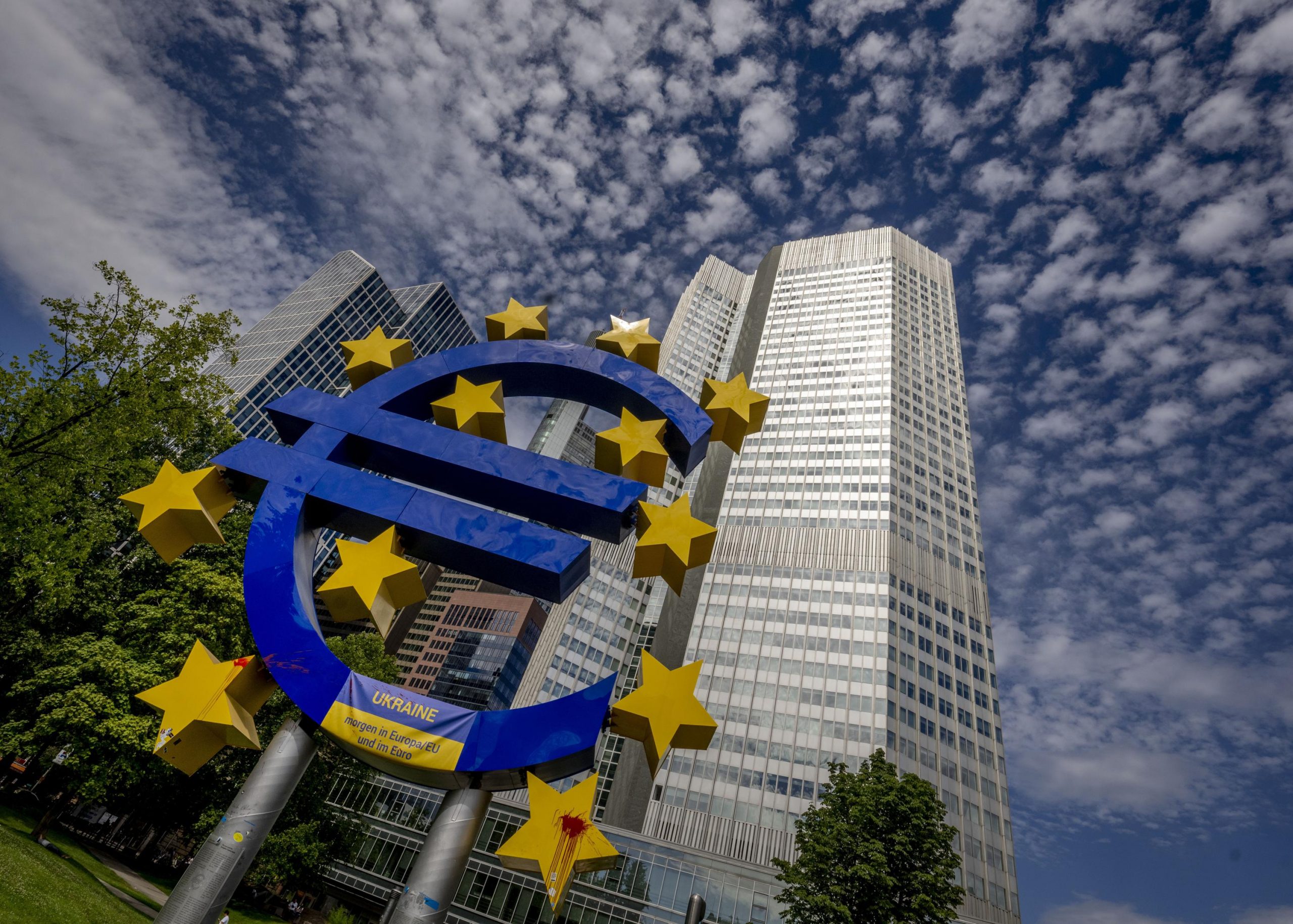Forex
Is the EU economy growing? Quarterly GDP growth estimate for the eurozone worsened to 0.6%

Is the EU economy growing? Quarterly estimate of eurozone GDP growth worsened to 0.6%Eurozone GDP growth quarterly estimate worsened to 0.6%In the 2nd quarter, the economy of 19 eurozone countries increased by 0.6% compared with the previous quarter, according to the revised data of the EU Statutory Administration.
Thus, the indicator was worsened from the preliminary estimate of 0.7%.
Eurozone gdp growth 2022
Analysts on average did not expect a revision from the previously announced level, according to Trading Economics. On an annualized basis, eurozone GDP grew by 3.9% in April-June, rather than 4% as previously reported. Experts also did not forecast a revision of this indicator.
Among the largest economies of the region, the GDP of Spain increased by 1.1% in quarterly terms. Italy – by 1%. France – by 0.5%. Meanwhile, the German economy remained unchanged from the first quarter, while the GDP of Portugal, Lithuania and Latvia decreased by 0.2%, 0.4% and 1.4% respectively.
In Q1 this year, eurozone GDP growth was 0.5% quarter-on-quarter and 5.4% year-on-year. This is the second of three estimates of quarterly economic growth in the currency bloc. The final data will be published on September 7. The quarterly GDP growth estimate for the euro area has been downgraded to 0.6%.
Earlier we talked about crude oil price forecast for 2022.

 Forex3 years ago
Forex3 years agoForex Today: the dollar is gaining strength amid gloomy sentiment at the start of the Fed’s week

 Forex3 years ago
Forex3 years agoUnbiased review of Pocket Option broker

 Forex3 years ago
Forex3 years agoDollar to pound sterling exchange rate today: Pound plummeted to its lowest since 1985

 Forex3 years ago
Forex3 years agoHow is the Australian dollar doing today?

 Cryptocurrency3 years ago
Cryptocurrency3 years agoWhat happened in the crypto market – current events today

 World3 years ago
World3 years agoWhy are modern video games an art form?

 Commodities3 years ago
Commodities3 years agoCopper continues to fall in price on expectations of lower demand in China

 Economy3 years ago
Economy3 years agoCrude oil tankers double in price due to EU anti-Russian sanctions

























